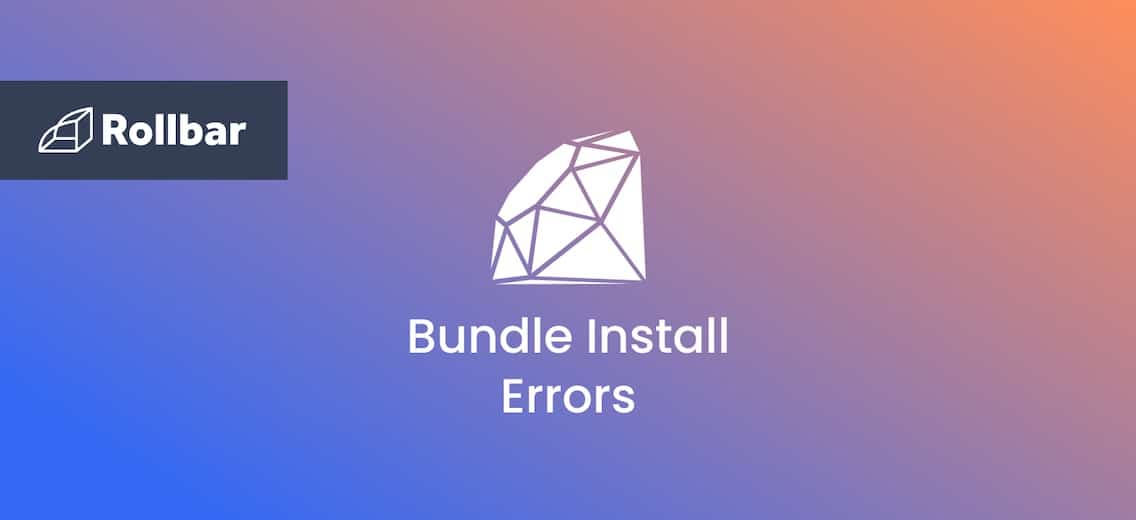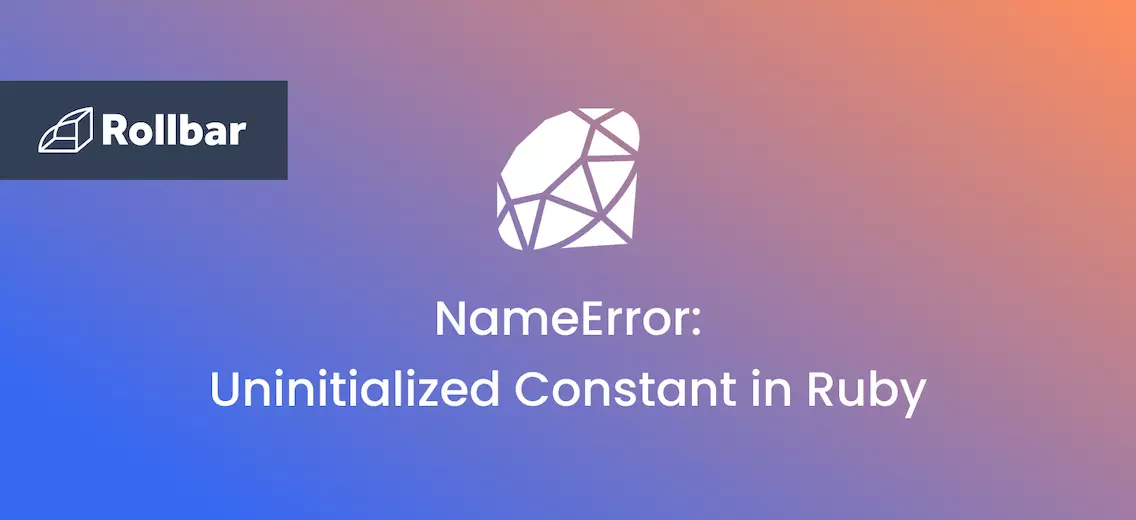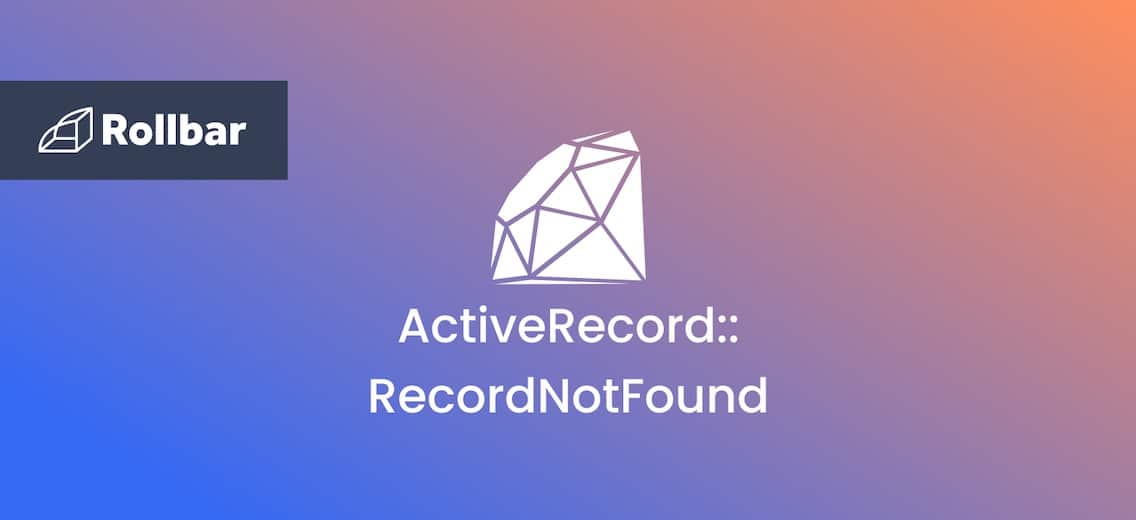A bundle install command in Ruby is used to install all of a project's dependencies. But occasionally, this command could falter and issue an error. Numerous variables might be to blame for this issue, and fixing it might prove challenging. In this post, we’ll go through some of the typical reasons for bundle install errors in Ruby along with solutions.
What Causes the Bundle Install Error?
There could be a few different reasons for this error when running bundle install in a Ruby project. Some common causes include:
1. Outdated/Missing RubyGems
One of the most common causes of bundle install errors is a missing or outdated version of the RubyGems package manager. RubyGems is a package manager for the Ruby programming language that is used to manage the installation and updating of Ruby libraries, also known as gems. If the version of RubyGems is outdated or missing, it may lead to errors when running bundle install.
Solution:
To fix this issue, we can update RubyGems to the latest version by running the command:
gem update --system
2. Outdated/Missing BundlerGem
Another common cause of bundle install errors is a missing or outdated version of the Bundler gem. Bundler is a gem that is used to manage dependencies in a Ruby project. If the version of Bundler is outdated or missing, it may lead to errors when running bundle install.
Solution:
To fix this issue, we can install or update the Bundler gem by running the command:
gem install bundler
3. Conflicting Versions of Gems:
Another cause of bundle install errors is conflicting versions of a gem in the Gemfile.lock file. A Gemfile.lock file is a file that stores the exact versions of all the gems that are used in a project. If there are conflicting versions of a gem in this file, it may lead to errors when running bundle install.
Solution: Conflicting Versions of a Gem
To fix this issue, we can check our Gemfile.lock file and try to remove or update the conflicting gems.
A similar cause is conflicting dependencies between two or more gems in a project. If two or more gems in a project depend on different versions of another gem, it may lead to errors when running bundle install.
Solution: Conflicting Dependencies
To fix this issue, we can check the dependencies of each gem in our project and try to find a compatible version of the conflicting gem.
Bundle Install Error Examples
Here are a couple of examples of bundle install errors.
Example 1: Bundle Install Error
In this example, the error message is indicating that the current version of Bundler (2.2.5) is incompatible with the version of the Rails gem specified in the Gemfile (5.2.1). The error message suggests running gem install bundler to update Bundler to resolve the problem.
$ bundle install
Fetching gem metadata from https://rubygems.org/........
Fetching version metadata from https://rubygems.org/...
Resolving dependencies...
Bundler could not find compatible versions for gem "rails":
In Gemfile:
rails (= 5.2.1)
Current Bundler version:
bundler (2.2.5)
This Gemfile requires a different version of Bundler.
Perhaps you need to update Bundler by running 'gem install bundler'?
Example 2: Bundle Install Error
In this example, the error message is indicating that the current version of Ruby installed is not compatible with the version required by the nokogiri gem (2.3), and the error message suggests that we should upgrade our Ruby version to a version greater than 2.3.
$ bundle install
Fetching gem metadata from https://rubygems.org/........
Fetching version metadata from https://rubygems.org/...
Resolving dependencies...
Bundler could not find compatible versions for gem "nokogiri":
In Gemfile:
nokogiri (~> 1.8)
Current Bundler version:
bundler (2.2.5)
nokogiri (~> 1.8) requires ruby version >= 2.3, which is incompatible with the current version, ruby 2.2.10p479
It is important to note that these are just examples, and the specific error message we receive may vary depending on the details of our project and the cause of the error.
The following command can help view detailed error messages that may provide more information about the issue:
bundle install --verbose
The above command will give us more information about the error and what caused it; this additional context could help us troubleshoot the error properly.
How to Resolve the Bundle Install Error
By understanding the causes of the errors and using the methods mentioned below, we can easily troubleshoot and fix bundle install errors in our Ruby projects:
- Run
gem update --systemto update RubyGems to the latest version. - Run
gem install bundlerto install or update the Bundler gem. - Run
bundle updateto update all gems to their latest versions. - Check the
Gemfile.lock fileand try to remove or update the conflicting gems. - Run
bundle install --verboseto get specific error messages that might give you further insight into the problem.
Track, Analyze and Manage Errors With Rollbar
Managing errors and exceptions in your code is challenging. It can make deploying production code an unnerving experience. Being able to track, analyze, and manage errors in real-time can help you proceed with more confidence. Rollbar automates error monitoring and triaging, making fixing Ruby errors easier than ever. Try it today!






